This time on our WineTravel adventure, let’s fast our seat belts and fly to the heart of the Balkans. Serbia, a hidden gem in the world of wine, offers a rich tapestry of history and flavour waiting to be explored. From ancient vineyards meticulously cultivated by monks to modern wineries embracing innovation, Serbian wine is a journey through time. Ready to uncover the secrets of this Balkan treasure? Dive into our guide to discover the fascinating story behind every bottle and plan your ultimate Serbian wine adventure.
Ancient Beginnings: A Legacy in Every Sip
Serbia’s winemaking roots run deep, with evidence of grape cultivation dating back to the 9th century BC. Ancient tribes like the Thracians and Illyrians first recognised the region’s potential for viticulture, but it was the Romans who truly honed the craft. Picture this: rolling vineyards, meticulously tended by monks during the Middle Ages, who not only perfected winemaking techniques but also preserved them through centuries of turmoil. These early efforts laid the foundation for Serbia’s rich wine culture, ensuring that each bottle you enjoy today carries a sip of history.
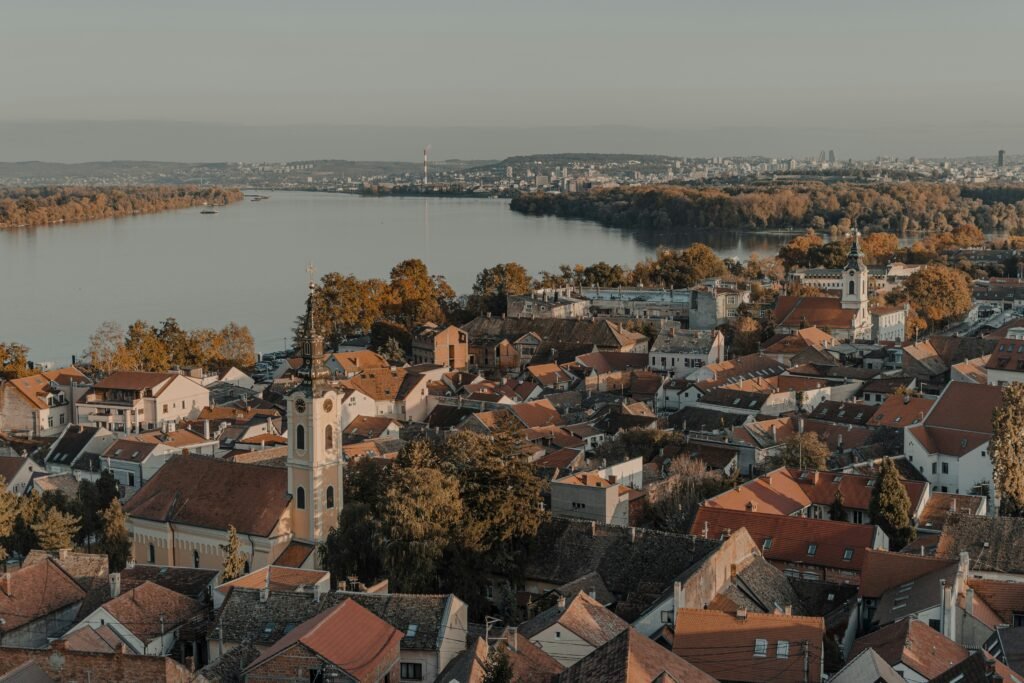
A Journey Through Time: The Evolution of Serbian Winemaking
Ottoman Era: Resilience in the Face of Adversity
From the 15th to 19th centuries, Ottoman rule imposed restrictions on alcohol, but Christian communities and monasteries discreetly continued to monasteries continued to produce wine. This quiet perseverance kept local grape varieties and traditional methods alive, ensuring that Serbia’s vinous heritage endured.
The Habsburg Influence: A revival and Modernisation
In the late 19th and early 20th centuries, Serbian wine experiences a renaissance under Hasburg influence. Modern European techniques revitalised vineyards devastated by phylloxera, leading to the establishment of the first modern wineries. This blend of tradition and innovation set the stage for today’s thriving wine industry.
Post-War Decline and the New Dawn
After World War II, Serbia, then part of Yugoslavia, focused on mass production, leading to a decline in wine quality. The 1990s brought political and economic changes, sparking a wine renaissance. Winemakers shifted to prioritising quality, investing in technology, and reviving indigenous grape varieties. This resurgence has earned Serbian wines global acclaim for their unique character and exceptional quality.
Serbian Grape Varieties: Stars of the Vineyards
- Prokupac: Prokupac is Serbia’s signature red grape, offering wines with deep colour, robust structure, and rich flavours. Imagine a glass brimming with vibrant cherry and plum notes, underpinned by spicy undertones. This ancient variety, a staple since the Middle Ages, produces everything from light, easy-drinking reds to complex, age-worthy wines.
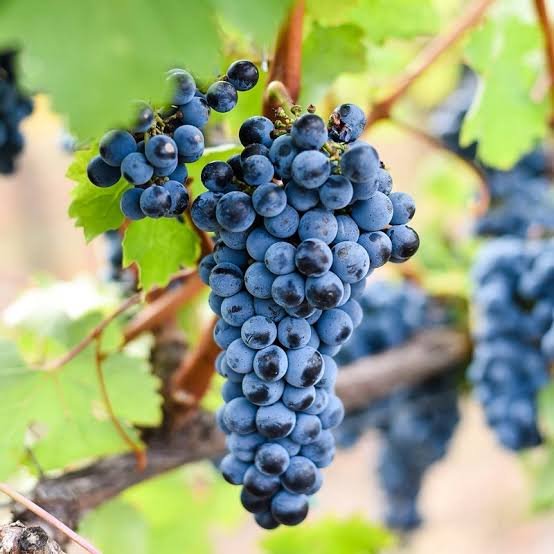
- Tamjanika: A variant of Muscat Blanc à Petits Grains, Tamjanika is a white grape that enchants with its floral and fruity bouquet. Think of jasmine, elderflower, and ripe apricots dancing on your palate. With its refreshing acidity, Tamjanika wines are perfect companions for light dishes and desserts, thriving particularly well in Serbia’s continental climate.
- Vranac: More commonly associated with Montenegro, Vranac flourishes in Serbia’s southern vineyards. Known for its deep colour and intense flavours of dark berries, chocolate, and spices, Vranac produces bold, full-bodied reds that age gracefully. These wines are a testament to the robust, adventurous spirit of Serbian viticulture.
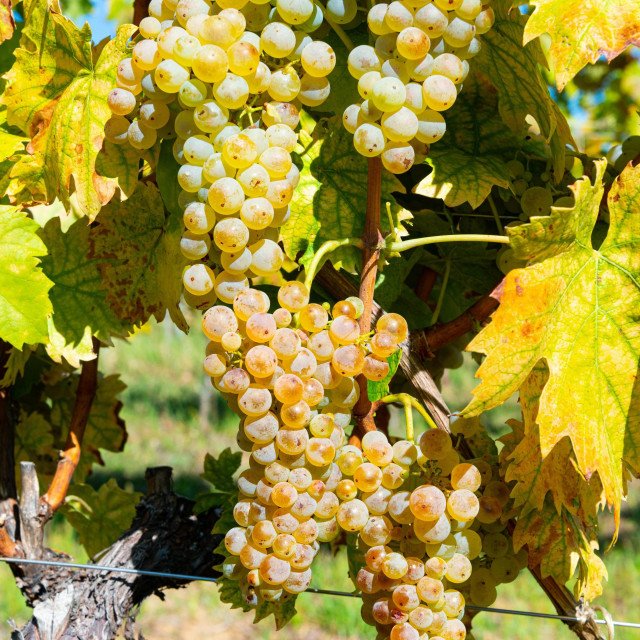
- Graševina: Also known as Welschriesling, is a versatile white grape variety in Serbia. Its wines are crisp and refreshing, with notes of green apple, citrus, and herbs. Whether enjoyed young and fresh or aged with complexity, Graševina captures the essence of Serbian terroir.
Serbian Wine Regions: A Tapestry of Terroirs
Frušca Gora: Serbia’s Tuscan Dream
Located in the north, the Frušca Gora region is often dubbed the “Serbian Tuscany”. Its rolling hills are home to both historical monasteries and modern wineries, producing stellar wines primarly from Graševina and Frankovka grapes. The region’s unique terroir, with its blend of loess and clay soils, lends a distinct minerality to its wines.
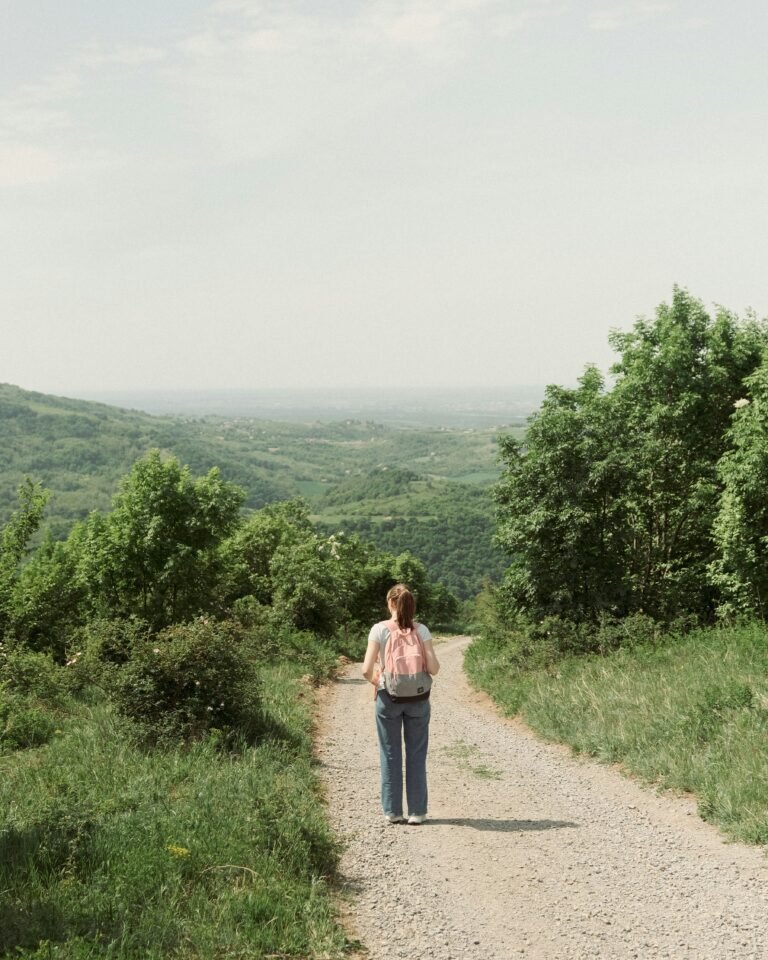
Župa: Aromatic Treasures
South of Belgrade, the Župa region is celebrated for its aromatic Tamjanika wines. This area’s warm climate and fertile soils make it ideal for producing richly scented white wines. The town of Aleksandrovac is the heart of this region, where family-owned wineries proudly uphold centuries-old traditions.
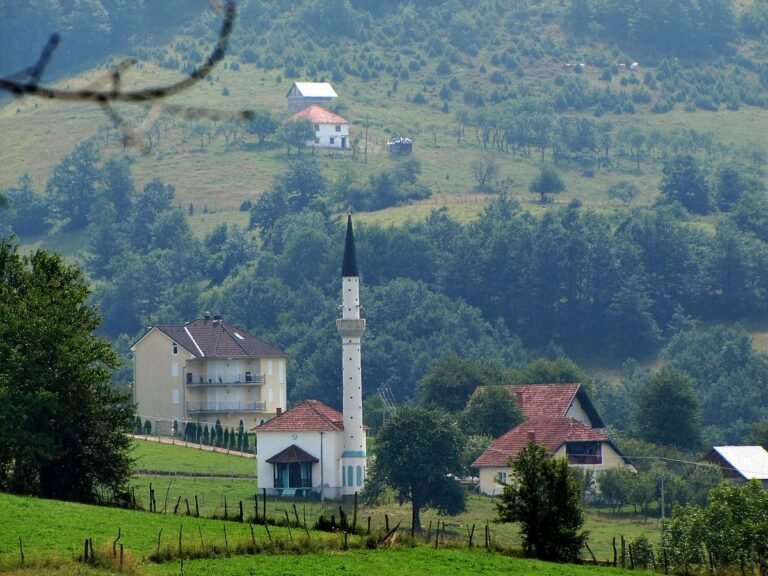
Niš: Southern Wine Delight
In the south, the Niš region is renowned for its robust reds, particularly from the Prokupac and Vranac grapes. The vineyards here benefit from a Mediterranean climate, producing wines with intense fruit flavours and excellent aging potential. The region’s historical significance adds a rich backdrop to its modern winemaking.
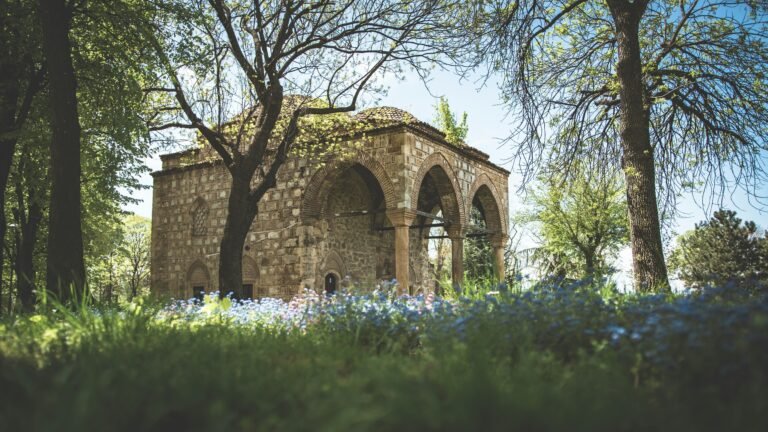
Negotin: Hidden Wine Gem
Near the borders with Bulgaria and Romania lies the Negotin region, known for its diverse and distinctive wines. The unique microclimate, influenced by the Danube River, allows for the cultivation of both international varieties and local gems like Smederevka. The Rajački Pimnice, with its traditional stone cellars, is a highlight of this lesser-known wine region.
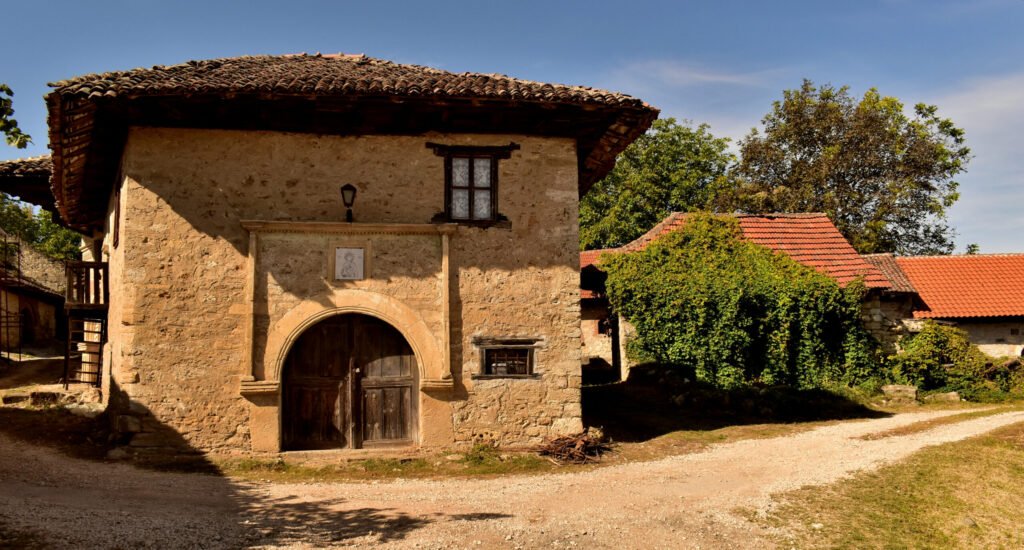
Embark on a Wine Lover's Journey: A Five-Day Serbian Wine Itinerary
Discover the diverse terroir and unique wines of Serbia by embarking on a 5-day journey through its main wine regions. Pro tips: Rent a car to maximise your trip. Base yourself on Belgrade for the evenings to enjoy the city’s vibrant nightlife and maintain easy access to the surrounding wine regions, avoiding the hassle of constant packing and unpacking.
- Day 1: Belgrade – Urban Wine Oasis: Kick off your Serbian wine adventure in Belgrade, a city where history and modernity intertwine. Explore urban wineries and trendy wine bars offering tastings of local gems. Wander through the historic Kalemegdan Fortress and cap off your day with dinner at a riverside restaurant, pairing exquisite Serbian wines with traditional dishes.
- Day 2: Fruška Gora – Serbia’s Tuscan Dream: Venture to the Fruška Gora region, dotted with monasteries and vineyards, where some of Serbia’s finest wines are produced. Visit renowned wineries like Kovačević and stroll through the picturesque town of Sremski Karlovci, known for its charming streets and historic wine cellars.
- Day 3: Župa – Aromatic Treasures: Head south to the Župa region. In the town of Aleksandrovac, family-owned wineries like Vino Budimir offer an authentic taste of local hospitality and tradition. Immerse yourself in the region’s rich winemaking heritage, where every vineyard tells a story.
- Day 4: Niš – Southern Wine Delights: Continue to Niš, a city steeped in history and increasingly recognised for its wines. The surrounding vineyards are known for robust reds from Prokupac and Vranac. Visit wineries like Malča and explore ancient Roman ruins at Mediana, blending historical exploration with wine tasting.
- Day 5: Negotin – Hidden Wine Gem: Wrap up your journey in the Negotin region. This area, with its unique microclimate, produces diverse and distinctive wines. Visit the Rajački Pimnice, a historical complex of stone wine cellars, and enjoy tastings at local wineries like Matalj.
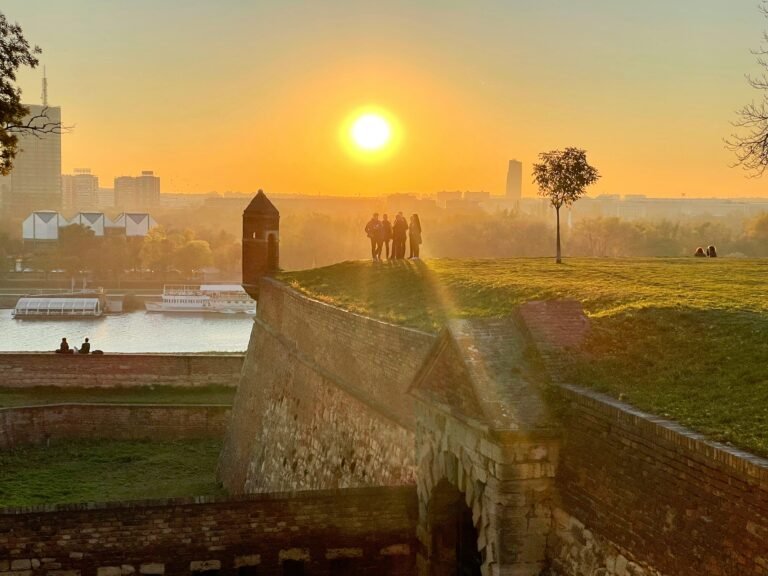
Serbia’s wine industry is a captivating blend of ancient traditions and modern innovations. From the resilient vines tended by monks centuries ago to the contemporary wineries that dot the landscape today, Serbian wines are a testament to the country’s rich cultural heritage. Whether you’re enjoying a glass of robust Prokupac or the aromatic allure of Tamjanika, each sip offers a journey through time. Embark on this adventure and discover the diverse flavours and enchanting stories of Serbia’s wine regions. Cheers to a remarkable vinous voyage!
